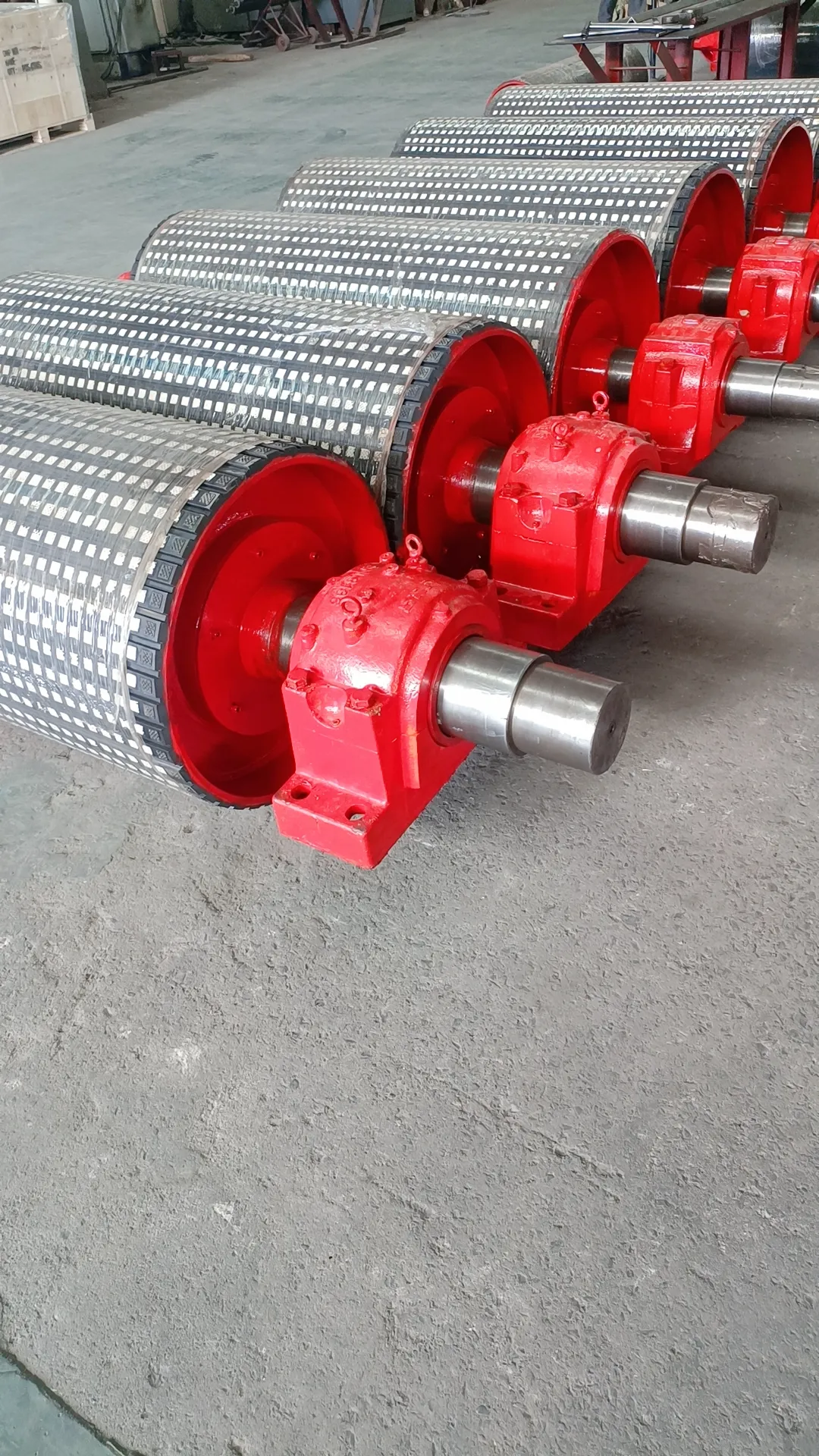 Afrikaans
Afrikaans  Albanian
Albanian  Amharic
Amharic  Arabic
Arabic  Armenian
Armenian  Azerbaijani
Azerbaijani  Basque
Basque  Belarusian
Belarusian  Bengali
Bengali  Bosnian
Bosnian  Bulgarian
Bulgarian  Catalan
Catalan  Cebuano
Cebuano  Corsican
Corsican  Croatian
Croatian  Czech
Czech  Danish
Danish  Dutch
Dutch  English
English  Esperanto
Esperanto  Estonian
Estonian  Finnish
Finnish  French
French  Frisian
Frisian  Galician
Galician  Georgian
Georgian  German
German  Greek
Greek  Gujarati
Gujarati  Haitian Creole
Haitian Creole  hausa
hausa  hawaiian
hawaiian  Hebrew
Hebrew  Hindi
Hindi  Miao
Miao  Hungarian
Hungarian  Icelandic
Icelandic  igbo
igbo  Indonesian
Indonesian  irish
irish  Italian
Italian  Japanese
Japanese  Javanese
Javanese  Kannada
Kannada  kazakh
kazakh  Khmer
Khmer  Rwandese
Rwandese  Korean
Korean  Kurdish
Kurdish  Kyrgyz
Kyrgyz  Lao
Lao  Latin
Latin  Latvian
Latvian  Lithuanian
Lithuanian  Luxembourgish
Luxembourgish  Macedonian
Macedonian  Malgashi
Malgashi  Malay
Malay  Malayalam
Malayalam  Maltese
Maltese  Maori
Maori  Marathi
Marathi  Mongolian
Mongolian  Myanmar
Myanmar  Nepali
Nepali  Norwegian
Norwegian  Norwegian
Norwegian  Occitan
Occitan  Pashto
Pashto  Persian
Persian  Polish
Polish  Portuguese
Portuguese  Punjabi
Punjabi  Romanian
Romanian  Russian
Russian  Samoan
Samoan  Scottish Gaelic
Scottish Gaelic  Serbian
Serbian  Sesotho
Sesotho  Shona
Shona  Sindhi
Sindhi  Sinhala
Sinhala  Slovak
Slovak  Slovenian
Slovenian  Somali
Somali  Spanish
Spanish  Sundanese
Sundanese  Swahili
Swahili  Swedish
Swedish  Tagalog
Tagalog  Tajik
Tajik  Tamil
Tamil  Tatar
Tatar  Telugu
Telugu  Thai
Thai  Turkish
Turkish  Turkmen
Turkmen  Ukrainian
Ukrainian  Urdu
Urdu  Uighur
Uighur  Uzbek
Uzbek  Vietnamese
Vietnamese  Welsh
Welsh  Bantu
Bantu  Yiddish
Yiddish  Yoruba
Yoruba  Zulu
Zulu Understanding the Role of Conveyor Pulleys in Industrial Applications and Efficiency
Industrial Conveyor Pulleys Essential Components in Material Handling Systems
In the realm of industrial operations, efficiency and reliability are paramount for success. One crucial element that contributes significantly to this efficiency is the conveyor system—an integral part of material handling. Among various components of a conveyor system, conveyor pulleys play a vital role. These pulleys are not merely functional elements; they are the backbone that supports the overall movement and efficiency of the system.
Understanding Conveyor Pulleys
Conveyor pulleys are cylindrical devices that are used in conveyor systems to support and drive the belt. They come in various designs to accommodate different types of loads and operational requirements. The most common types of pulleys include drive pulleys, return pulleys, and tail pulleys. Each type plays a specific role in the functioning of the conveyor system.
- Drive Pulleys As the name suggests, these pulleys are responsible for driving the conveyor belt. They are typically located at the head section of the conveyor system and are connected to an electric motor. The motor’s power is transferred through the drive pulley, causing the belt to move and transport materials from one point to another.
- Return Pulleys These pulleys are located at the tail end of the conveyor and guide the belt back to the drive pulley. Return pulleys ensure that the belt runs smoothly and prevents sagging or misalignment, which could lead to damage or operational inefficiencies.
- Tail Pulleys Positioned at the end of the conveyor system, tail pulleys support the return side of the belt. They help in maintaining tension in the belt while preventing material from falling off the edges.
Materials and Construction
industrial conveyor pulleys

The construction of industrial conveyor pulleys can vary, depending on the application and the environment they operate in. Generally, pulleys are made from robust materials such as steel, aluminum, or fiberglass. Steel pulleys are favored for their strength and durability, particularly in heavy-duty applications. The surface of the pulley can be coated with rubber or other materials to enhance grip and reduce slippage, which is crucial for maintaining operational efficiency.
Importance of Quality and Design
The design and quality of conveyor pulleys are critical for the overall performance of a conveyor system. High-quality pulleys can withstand wear and tear, minimizing downtime and maintenance costs. Properly designed pulleys help in evenly distributing the load, which can lead to enhanced longevity of both the pulleys and the conveyor belt itself. Furthermore, poorly designed pulleys can cause belt slippage, misalignment, and increased energy consumption.
Maintenance Practices
To ensure optimal performance, regular maintenance of conveyor pulleys is essential. This includes checking for wear and tear, ensuring proper alignment, and monitoring belt tension. Implementing a preventive maintenance schedule can significantly extend the life of pulleys and the entire conveyor system. Using advanced technologies such as sensors and monitoring systems can help in detecting issues before they escalate, allowing for timely interventions.
Conclusion
In summary, industrial conveyor pulleys are an essential component in the efficient movement of materials within various industries. Their design, construction, and maintenance play a significant role in the overall effectiveness of conveyor systems. Organizations that prioritize the quality and upkeep of their conveyor pulleys can expect a smoother operation, reduced costs, and enhanced productivity. As industries continue to evolve, investing in reliable and innovative conveyor solutions, including high-quality pulleys, will remain a key determinant of operational success.
-
Revolutionizing Conveyor Reliability with Advanced Rubber Lagging PulleysNewsJul.22,2025
-
Powering Precision and Durability with Expert Manufacturers of Conveyor ComponentsNewsJul.22,2025
-
Optimizing Conveyor Systems with Advanced Conveyor AccessoriesNewsJul.22,2025
-
Maximize Conveyor Efficiency with Quality Conveyor Idler PulleysNewsJul.22,2025
-
Future-Proof Your Conveyor System with High-Performance Polyurethane RollerNewsJul.22,2025
-
Driving Efficiency Forward with Quality Idlers and RollersNewsJul.22,2025





























